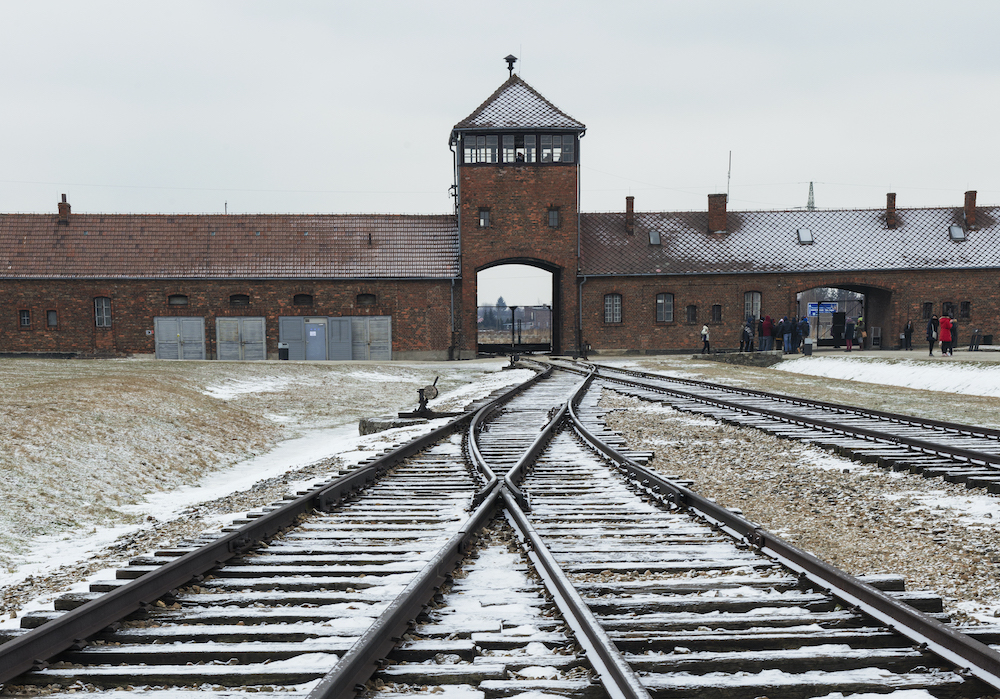
When LMU students sign up for Elizabeth Drummond’s global immersion course on Nazi Germany, they have the usual batch of books, papers, and seminar discussions. But they also end up traveling to Germany and visiting the former department of war —now a memorial to the German resistance— as well as the Wannsee villa where the “Final Solution,” calling for the murder of all European Jews, was ratified.
“When students realize they’re standing in a room where Adolf Hitler once stood, it always freaks them out a bit,” says Drummond, who’s taught history in BCLA since 2006. “Being at the actual physical location of something that historically significant gives it a haunted quality — it brings it a little closer to them.”
The structure of Drummond’s course comes partly from her own experience —as a student she lived in Trier, Tubingen and Berlin, picking up knowledge she never could have gotten from her reading alone. But it’s also part of a larger initiative in the LMU Bellarmine College of Liberal Arts called global immersion, which connects students to the world and its history in ways that a static classroom experience can’t.
The Berlin trip was more than just a way to reach students experientially and emotionally. While most of the course looks at the period in the 1930s and ’40s when the National Socialists were ascending, ruling Germany, and waging war, the trip is largely about the present. Students visit memorials and monuments that have been erected in recent decades, and illustrate the way history echoes —or, in some cases, doesn’t— into the present. “It allows us to get up close and personal about how the Germans have come to terms with their past,” Drummond says. “For example, how do they deal with questions of guilt and responsibility?”
In Germany, students found a country that took “relentless” responsibility for its crimes, seeing everything from the celebrated Daniel Libeskind-designed Jewish museum to small gold plaques on neighborhood sidewalks commemorating families that had been killed.
“There’s not an emphasis on the victims so that the perpetrators disappear,” Drummond says. “There’s no passive voice, no anonymous ‘mistakes were made.’”
The course also includes another BCLA priority: an emphasis on public history and digital humanities. For the Nazi Germany course, students produced a digital timeline, beginning decades before Hitler’s ascent, with nearly 200 entries from their research. (The project was selected for an online journal called Central Europe: An Undergraduate Yearbook.)
“Students have told me they can’t imagine taking this course without the trip,” Drummond says. She can’t imagine it either; she just knows this is a deeper and more resonant experience.



